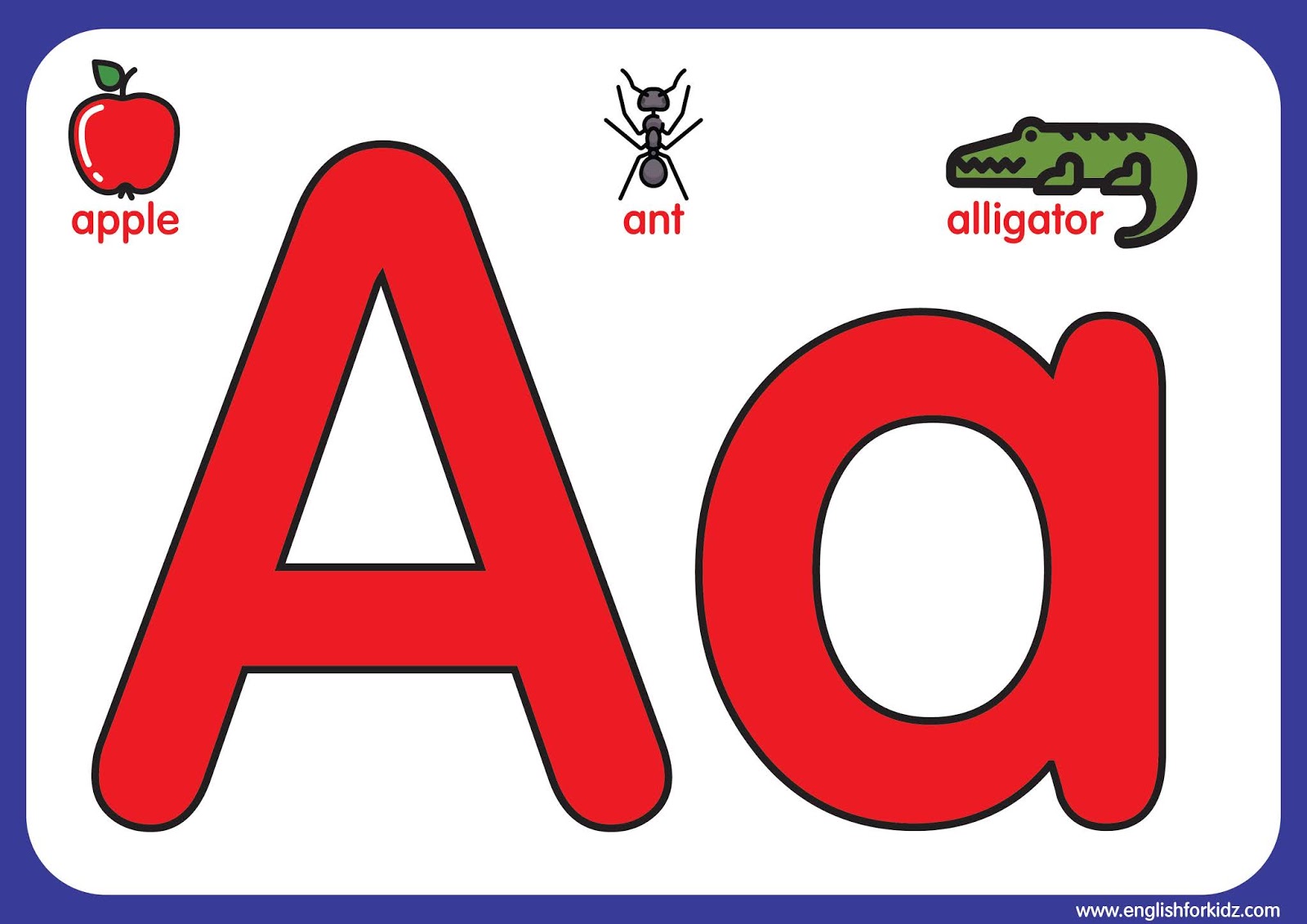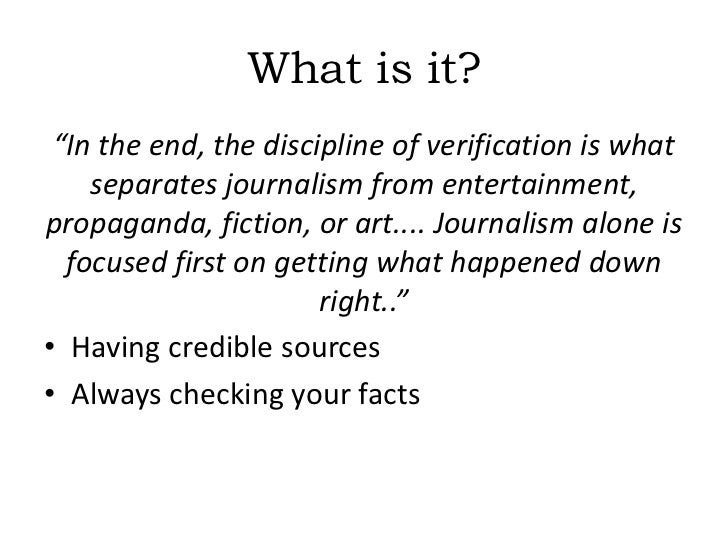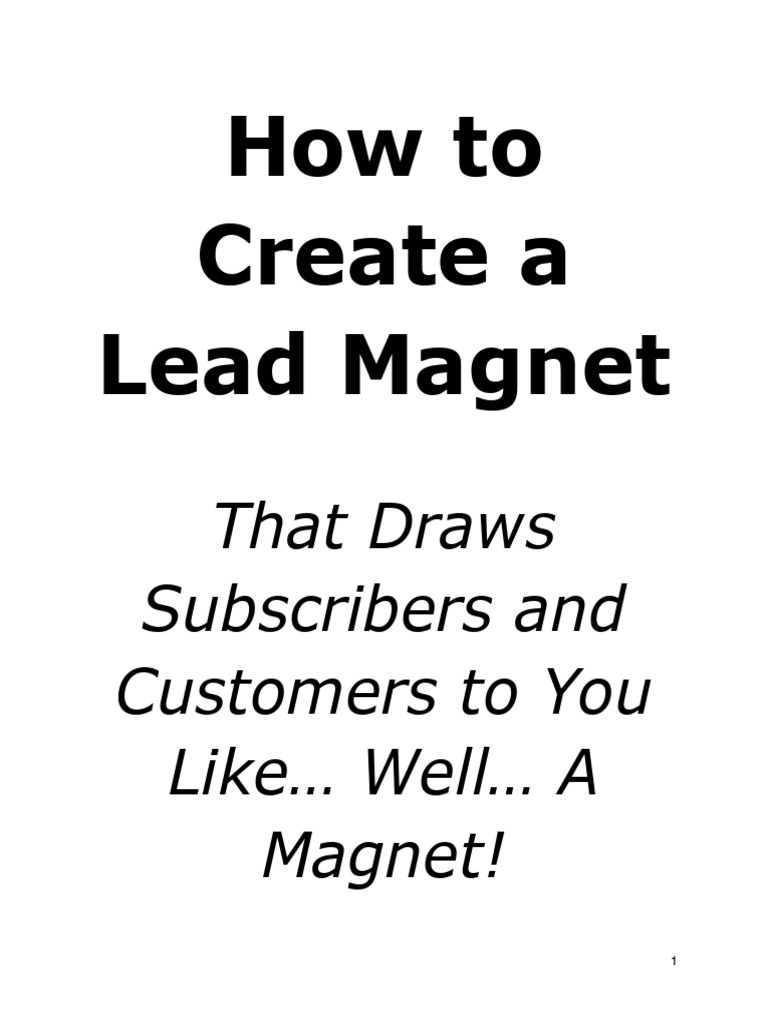
In today’s competitive digital landscape, the success of a SaaS business often hinges on the effectiveness of its pricing page. A well-optimized pricing page doesn’t just inform visitors about your product’s cost—it actively guides them toward making a purchase decision. This is where Pricing Page Linking becomes crucial. By strategically directing visitors to purchase details, you can significantly boost conversion rates and drive revenue growth.
This article explores how to effectively use Pricing Page Linking to enhance user experience, improve SEO performance, and ultimately increase sales. Whether you’re a SaaS founder, a marketing professional, or a web designer, understanding and implementing this strategy will help you turn more website visitors into paying customers.
What Is Pricing Page Linking and Why It Matters
Pricing Page Linking refers to the practice of embedding clear, actionable links on your pricing page that direct visitors to detailed purchase information. These links might lead to a trial sign-up form, a demo request page, a payment gateway, or even a downloadable brochure outlining your offerings.
In the context of SEO and user experience, Pricing Page Linking is more than just navigation—it’s a critical touchpoint in the buyer journey. When done right, it helps users understand the next steps after evaluating your pricing options, reducing friction and increasing the likelihood of conversion.
According to research by ConversionXL, up to 60% of potential customers visit a pricing page before making a purchase decision. However, the average conversion rate for these pages hovers around 2-3%, highlighting the need for strategic optimization.
By integrating Pricing Page Linking, you can transform passive visitors into active participants in the purchasing process. This not only improves conversion rates but also enhances user satisfaction and trust.
How Pricing Page Linking Impacts SEO Performance
From an SEO perspective, Pricing Page Linking plays a key role in both visibility and engagement. Here’s how:
-
Improved Search Visibility:
By including relevant keywords such as “SaaS pricing page,” “sign up for free trial,” or “request a demo” in your links, you increase the chances of your pricing page appearing in search results for intent-driven queries. Google prioritizes pages that provide clear, actionable information—something that Pricing Page Linking supports. -
Enhanced User Engagement:
Visitors who encounter clear, well-placed links are more likely to stay on your site longer. This increases dwell time, a key ranking factor for search engines. Additionally, a seamless transition from pricing to purchase details reduces bounce rates and signals to search engines that your content is valuable. -
Better Conversion Rates:
A study by HubSpot found that businesses with optimized call-to-action (CTA) buttons saw a 28% increase in conversions. Pricing Page Linking ensures that CTAs are not just visually prominent but also functionally effective, guiding users directly to the next step in the funnel. -
Stronger E-E-A-T Signals:
Expertise, Experience, Authoritativeness, and Trustworthiness (E-E-A-T) are essential for SEO success. By linking to detailed purchase information, you demonstrate transparency and professionalism, which builds trust with both users and search engines.
Step-by-Step Implementation Framework
To effectively implement Pricing Page Linking, follow this structured approach:
1. Define or Audit the Current Situation
Start by analyzing your existing pricing page. Ask yourself:
– Are the links to purchase details clearly visible?
– Do they align with the user’s intent at this stage of the buying journey?
– Are there any broken or outdated links?
Use tools like Google Analytics, Hotjar, or SEMrush to track user behavior and identify areas for improvement.
2. Apply Tools, Methods, or Tactics
Once you’ve identified gaps, implement the following strategies:
– Add Clear CTAs: Use action-oriented language such as “Start Free Trial,” “Request a Demo,” or “Buy Now.” Ensure these buttons stand out visually.
– Create Dedicated Purchase Pages: Instead of linking directly to a generic checkout page, create a dedicated landing page that explains the purchase process, terms, and benefits.
– Leverage Internal Linking: Link to other relevant pages such as FAQs, testimonials, or case studies to build trust and provide additional value.
– Optimize for Mobile: Ensure all links are easily clickable on mobile devices, as a significant portion of traffic comes from smartphones.
3. Measure, Analyze, and Optimize
After implementation, monitor the performance of your Pricing Page Links using the following KPIs:
– Click-through Rate (CTR): Track how many users click on your CTAs.
– Conversion Rate: Measure how many of those clicks result in actual purchases.
– Bounce Rate: Monitor if users are leaving the page without engaging further.
– Time on Page: Assess whether users are spending enough time to evaluate their options.
Use A/B testing to experiment with different link placements, wording, and designs. Tools like Optimizely or Google Optimize can help you run these tests efficiently.
Real or Hypothetical Case Study
Let’s look at a hypothetical example of how Pricing Page Linking can impact a SaaS business.
Company: A mid-sized SaaS company offering project management software.
Challenge: The company had a high traffic volume on its pricing page, but the conversion rate was below industry benchmarks.
Solution: The team implemented Pricing Page Linking by:
– Adding clear CTAs such as “Start Free Trial” and “Request a Demo.”
– Creating a dedicated landing page for each pricing tier with detailed purchase instructions.
– Including internal links to customer testimonials and case studies.
Results: Within three months, the company saw a 35% increase in trial sign-ups and a 20% rise in demo requests. The bounce rate dropped by 15%, and user engagement improved significantly.
This case study illustrates how Pricing Page Linking can be a game-changer when executed with precision and user-centric design.
Tools and Techniques for Pricing Page Linking
To streamline the Pricing Page Linking process, consider using the following tools:
- Hotjar: For heatmaps and user session recordings to understand how visitors interact with your links.
- Google Analytics: To track CTR, bounce rate, and conversion metrics.
- Optimizely: For A/B testing different link placements and messaging.
- SEMrush: To audit your current pricing page and identify keyword opportunities.
- HubSpot: For creating and managing dedicated purchase pages with embedded CTAs.
- Crazy Egg: For visualizing user behavior and identifying drop-off points.
These tools can help you refine your Pricing Page Linking strategy and ensure it aligns with both user needs and SEO best practices.
Future Trends and AI Implications
As AI continues to shape the digital landscape, Pricing Page Linking will become even more sophisticated. Emerging trends include:
- AI-Powered Personalization: Using machine learning to tailor links based on user behavior, such as showing a “Start Free Trial” link to first-time visitors or a “Upgrade Plan” link to returning users.
- Voice Search Optimization: Ensuring that your links are discoverable through voice assistants like Alexa or Google Assistant.
- Multimodal Search: Preparing for search experiences that combine text, images, and videos, which may require new types of links or interactive elements.
Staying ahead of these trends will require continuous experimentation and adaptation. As AI becomes more integrated into the user journey, the ability to guide users seamlessly from pricing to purchase will be a key differentiator for SaaS businesses.
Key Takeaways
- Pricing Page Linking is a powerful tool for driving conversions and improving user experience.
- It enhances SEO by increasing visibility, engagement, and trust.
- Implementing Pricing Page Linking involves defining goals, optimizing links, and measuring performance.
- Tools like Hotjar, Google Analytics, and Optimizely can help refine your strategy.
- Future trends in AI and multimodal search will require ongoing adaptation and innovation.
Meta Title: Pricing Page Linking — Directs visitors to purchase details
Meta Description: Learn how to effectively use pricing page linking to drive sales and improve user experience. Discover actionable strategies for SaaS businesses.
SEO Tags (5): SaaS pricing page, pricing page optimization, conversion rate optimization, user experience, SEO best practices
Internal Link Suggestions: [Parameter #136: Conversion-Intent Keyword Targeting], [Parameter #139: Offer Relevance Optimization], [Parameter #140: Pricing Page Linking]
External Source Suggestions: https://www.conversionxl.com, https://www.hubspot.com, https://www.hotjar.com









